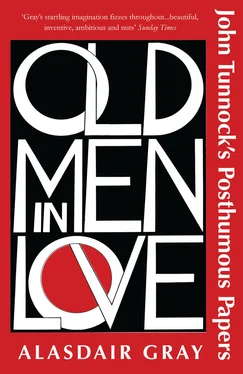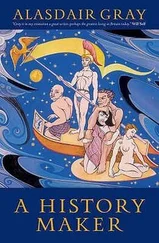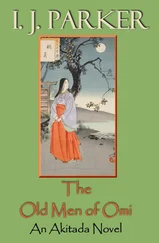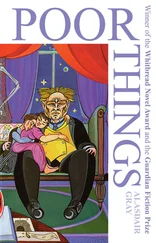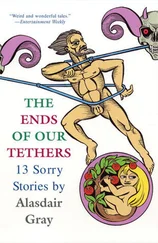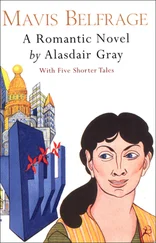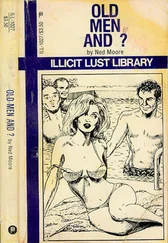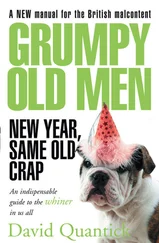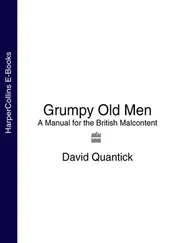I said the closing of schools was regrettable because for at least a century Scottish schools with very few pupils and teachers had given good starts in life to many professional folk from poor homes. I also said she was surely wrong to call Britain Fascist because we had no concentration camps or government hate campaigns against racial and religious minorities; and I avoided discussing contemporary politics because that interrupted my studies of Medician Florence. She said, “Well, you’re a nice old ostrich. There must have been a lot of decent Germans like you after Hitler came to power. I don’t suppose you want to know about the Bouncing Czech, the Enron rip-off and how British and American lawyers, bankers and governments connive to help millionaire company directors steal their employees’ pension funds.”
She went on to tell me about these things in great details until I paid for my meal and rushed out. I am not an ostrich but a Scottish Renaissance scholar whose spiritual home is Medician Florence.

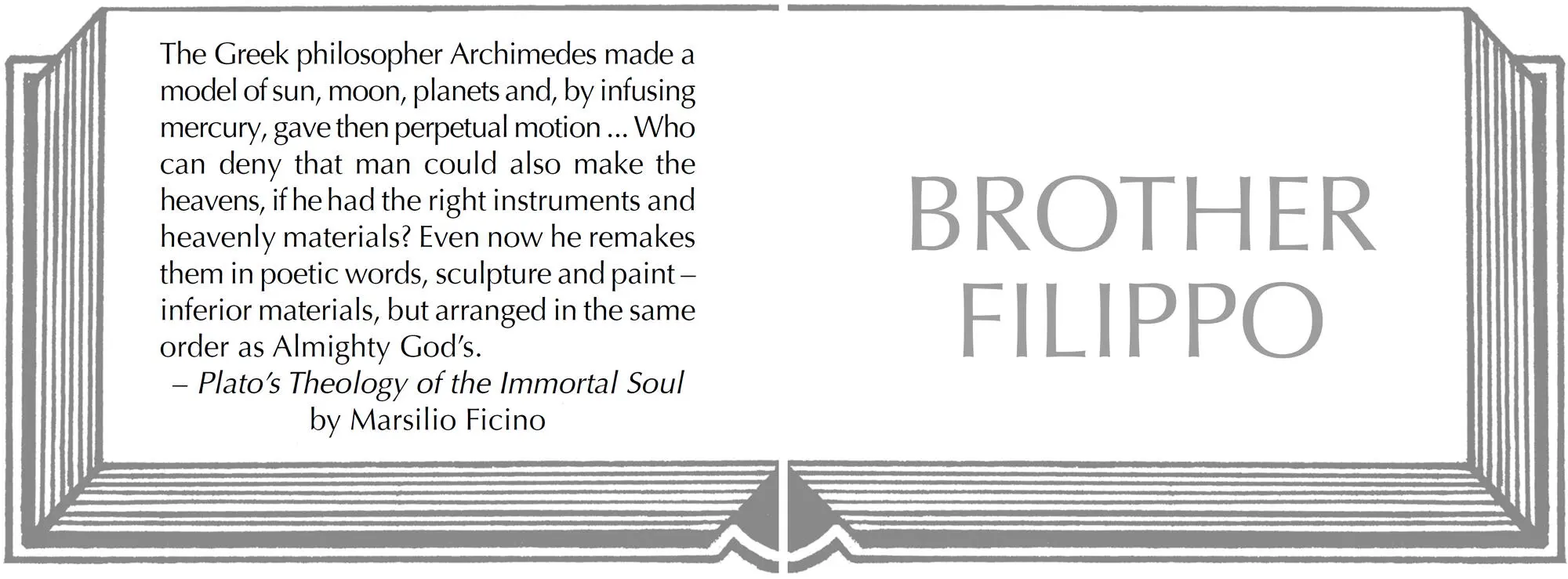
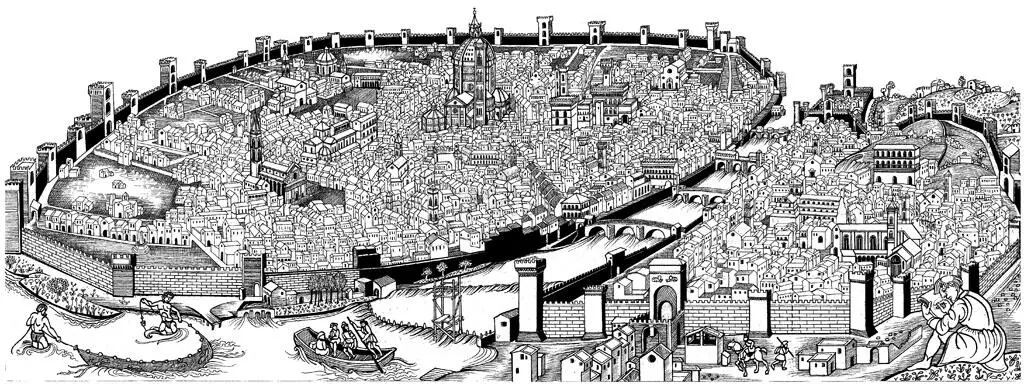
10: A FLORENTINE MONASTERY

Florence, two thousand years after republican Athens, became a republic almost as wonderful. Unlike most cities when the Roman Empire dissolved Florence had not been ruled by a dynasty of war lords, so masterpieces of European literature were much later written by Florentine Dante, Boccaccio and Petrarch. The city was ruled by a parliament of craftsmen and tradesmen who excluded all noblemen, only admitting landowners enriched by trade. It imported silk from China, dyes from India, wool from England, turning them into rich fabrics sold all over Europe. This trade needed an international banking system, so the parliament of Florence was dominated by merchant bankers who manipulated the trade unions, priests and mass of people by a combination of bribes and by funding a high level of social welfare only approached by some neighbouring republics. The chief bankers were the Medici family who had branch offices in Milan, Venice, Rome, Geneva, Bruges, Antwerp, London; also agents in Baghdad and Constantinople. The Catholic Church still condemned capitalism as a sin but tolerated the Medici because they paid for bigger and better churches and monasteries which ran schools and hospitals. These splendid new buildings were designed and decorated by astonishingly fine artists born in Florence, and many attracted by its prosperity.
A wall of the Carmine Monastery was being painted with a brown rocky wilderness where hermits wearing Carmelite robes prayed singly or conversed in couples. Brother Filippo applied the colours while Brother Diamante ground and mixed them. These two had a dispensation that allowed them to run their painting business from a house outside the monastery, and over breakfast that morning Filippo had again blamed Diamante for insufficiently haggling down the price of market vegetables. Though unwilling to greatly anger Filippo (a dangerous thing to do) Diamante wanted to be slightly disagreeable. He heaved a deep sigh.
“Regretting what you paid for those tomatoes?” said Filippo pleasantly.
“I was remembering Brother Guido’s wall in the chapter house of San Marco,” said Diamante on a melancholy note. 13
“Nothing regrettable there! Guido painted it excellently if we remember the over-abundance of saints, abbots and popes he had to include.”
“Yes, the preaching friars have many saints; we Carmelites, alas, only two.”
“Why alas? Their saints are all modern: our founders are in the Scriptures.”
“The other orders say the prophet Elijah and John the Baptist are as much their progenitors as ours.”
“They envy our antiquity,” said Filippo smiling pleasantly. “They are newcomers founded two centuries ago, more than a millennium after the Crucifixion. The Prophet Elijah was a Carmelite a thousand years before Jesus was crucified. John who baptized Him was a hermit on the slopes of Mount Carmel. We came through Sicily to Italy a century ago, but our first monastery is still in the Holy Land.”
“Other orders say our rules have changed so much since we came to Italy that our order is now as modern as theirs.”
“They are right to say so Diamante, but when facts are at variance with Truth we should cling to Truth.”
Diamante stopped mixing a colour, looked hard at Filippo and asked, “Is a fact not a truth?”
“Yes, but it is first of all a thing — a piece of our imperfect fallen world, therefore not perfectly substantial. Only truth is perfect, unchanging, eternal, Heavenly. On earth it is only found in our Holy Scriptures, in Catholic traditions, and in history. Brunelleschi, Ghiberti and Donatello think it is also in geometry because measured designs help us make beautiful architecture and convincing perspectives. They may be right, but there is no doubt that Holy Scriptures, Catholic traditions and history support Carmelite antiquity. Forty years ago the Saracens broke into our monastery on Mount Carmel and martyred our brothers as they sang the Salve Regina. That is why the Virgin appeared to our Pope in a dream and told him that when a Carmelite dies, after only one day Mary Mother of God will visit him in Purgatory and escort his soul straight to Heaven. We can both take comfort in that, Diamante. Certainly I do.”
“You would doubt it if you were a Franciscan or Dominican.”
“Of course. And if I were a Turk I would doubt God’s Holy Trinity and Virgin Birth and be adorning the walls of mosques with patterns of coloured tiles. Instead I can paint God, His Mother, Son, angels and saints with bodies looking almost as solid, colourful and well-dressed as God Himself could make them. God is very good to me.”
Filippo was now applying paint to the robe of a tubby hermit who sat in a rocky cleft, hearing the confession of a handsome young man kneeling in profile. Diamante noticed that the older hermit was as tubby as Filippo and had his occasional sly smile. Unable to let the conversation end so smugly he murmured, “They say Fra Angelico will be beatified one day.”
“Unlikely. People qualify for sainthood by martyrdom, or miracles, or deeds of astonishing charity. Angelic John has achieved none of these.”
“But he has saintly virtues. He kneels in prayer while painting the Holy Family. Has never broken his vows of poverty. Or chastity.”
“Unlike me. But Brother Angelico comes from a rich family. Finding he did not want money and women he chose to join the Franciscans when a grown man. Aunt Mona made me a Carmelite when I was eight because she could not feed me. Poor soul, she could hardly feed herself. I do not envy Guido’s lack of appetite for some good things God places within my reach. I do not even envy Angelic Guido’s remarkable talent, for his work has taught me a lot. Apart from my master, Messy Tom, 14Angelic John is the best of the older painters. His weakness is an absence of various expression. ALL his holy figures are delicate, sweet and benign. Were it not for the energetic design, harmony of colour and masterly chiaroscuro his greatest works would make me feel I was facing a banquet of twenty courses marinated in honey. Think, Diamante, of that poor haggard ugly gap-toothed Magdalen made by Donatello! Think of Eve’s weeping, grief-distorted face painted by Masaccio in this monastery! It is the finest thing Messy Thomas ever did! Nobody can paint better than that.”
Читать дальше
